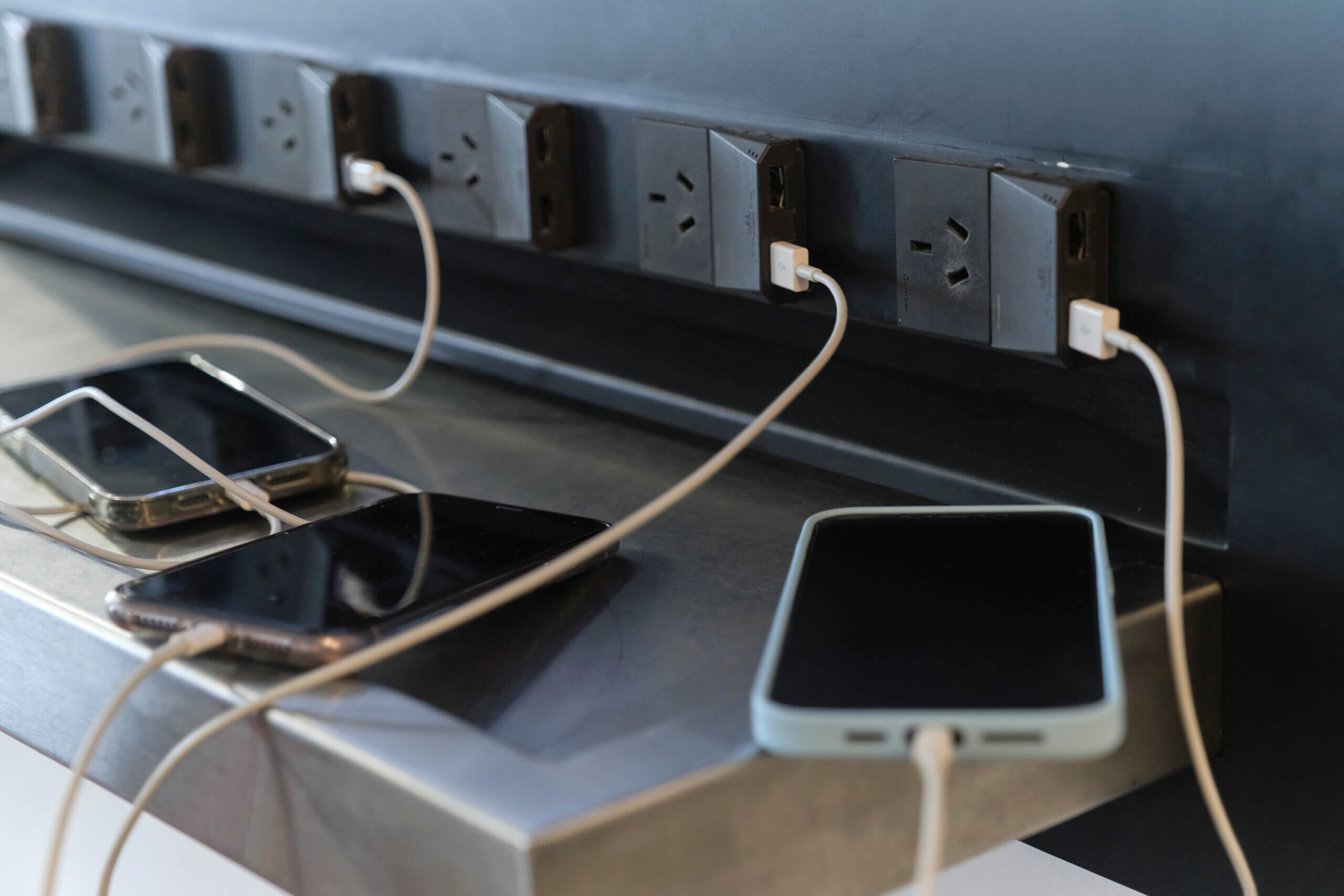Juice jacking, a new cybercrime trend, is targeting people who charge their phones or tablets at public charging stations.
This blog delves into the specifics of juice jacking, including how it operates, the various attack types, the associated risks, measures to help safeguard yourself, and actions to take if you fall prey to it.
What is Juice Jacking and How does it work?
Juice jacking is becoming increasingly prevalent as a form of cyberattack in public areas like airports, cafes, and shopping centers. This involves cybercriminals taking advantage of public charging stations to install malware or malicious software on unsuspecting users’ smart devices, aiming to steal sensitive information.
The potential consequences of such attacks can be catastrophic with victims potentially having their login credentials, credit card numbers, and other personal data stolen. To execute juice jacking, cybercriminals install malware or other malicious software on a public charging station.
When an unwitting user connects their device to the infected station, the malware can infect their smartphone, tablet, or laptop.
The Dangers of Juice Jacking
Connecting your smart device to a compromised charging station or cable can install malware onto your device without your knowledge. Once the malware is installed, it can access your personal information, including sensitive data such as passwords and banking details.
The hacker can then use this information to steal your identity, make unauthorized purchases, or engage in other criminal activities.
If malware infects your device, it can damage it by modifying or deleting essential files, making it unusable. It can also spread the infection to other devices on the same network.
How to Protect Yourself from Juice Jacking
To help safeguard against juice jacking, the Federal Communications Commission (FCC) suggests:
- Abstain from using communal USB charging stations, and instead, utilize AC power outlets.
- Carry your own chargers and USB cables when on the go.
- Carry a portable charger or external battery with you.
- Purchase a charging-only cable from a reputable source to prevent the transfer of data while charging.
- When using a USB port to charge your device, always opt for the “charge only” option when prompted to choose between “share data” and “charge only.”
What to Do if You Fall Victim to Juice Jacking
If you believe that you have fallen victim to juice jacking, there are several steps you should take immediately. The first step is disconnecting your device from the charging station and turning it off.
This can prevent the malware from infecting your device. Next, you should scan your device to detect and remove any malicious software.
Finally, you should change all your passwords and monitor your financial accounts for suspicious activity.
Bottom Line
Juice jacking can put your personal information and smart devices at risk. However, you can help protect yourself from this attack by taking the necessary precautions.
To add another layer of protection to your personal information, you can use IdentityIQ identity theft protection services. IdentityIQ services provide real-time alerts and $1 million in identity theft insurance, underwritten by AIG, if someone tries to use your personal information without your permission.

